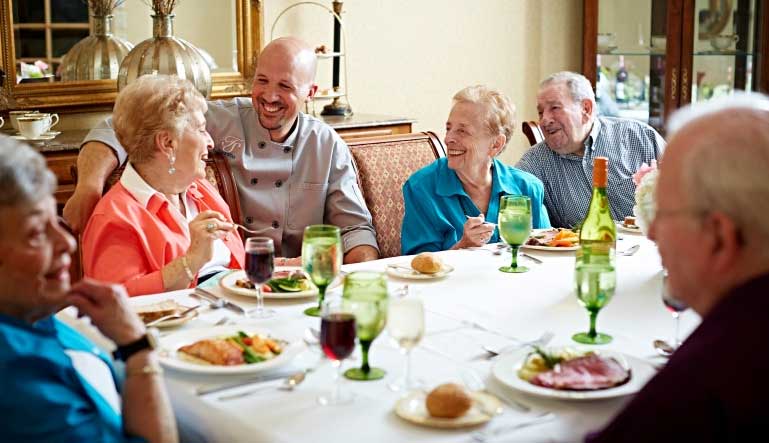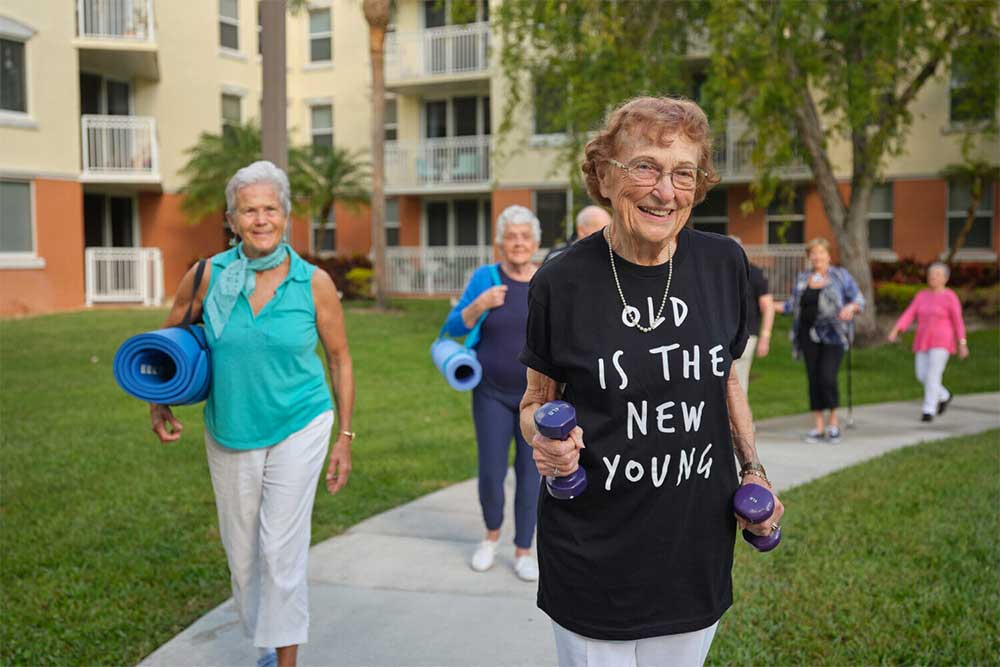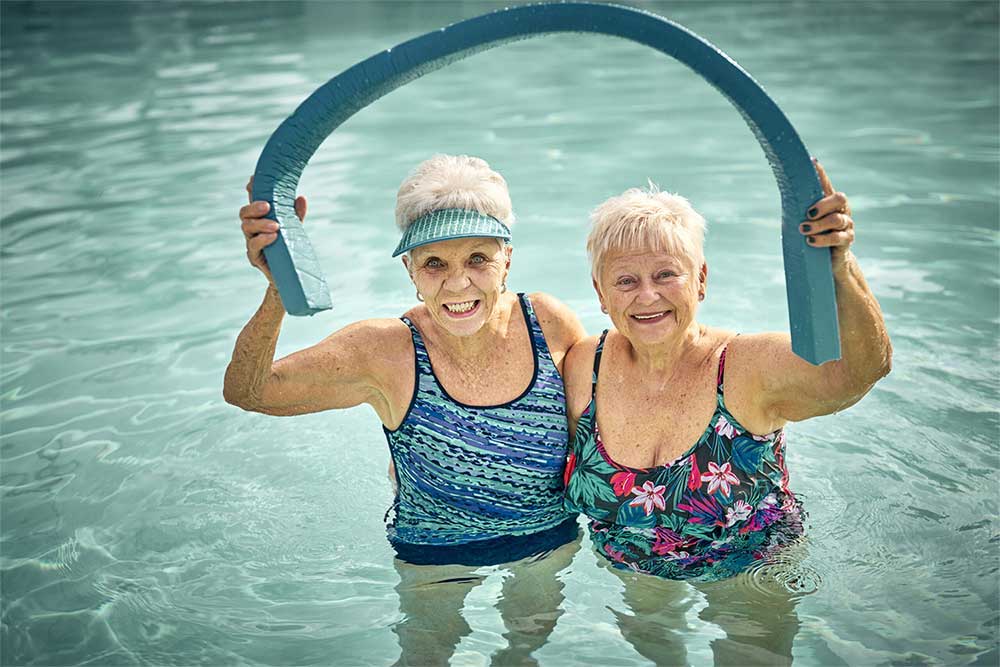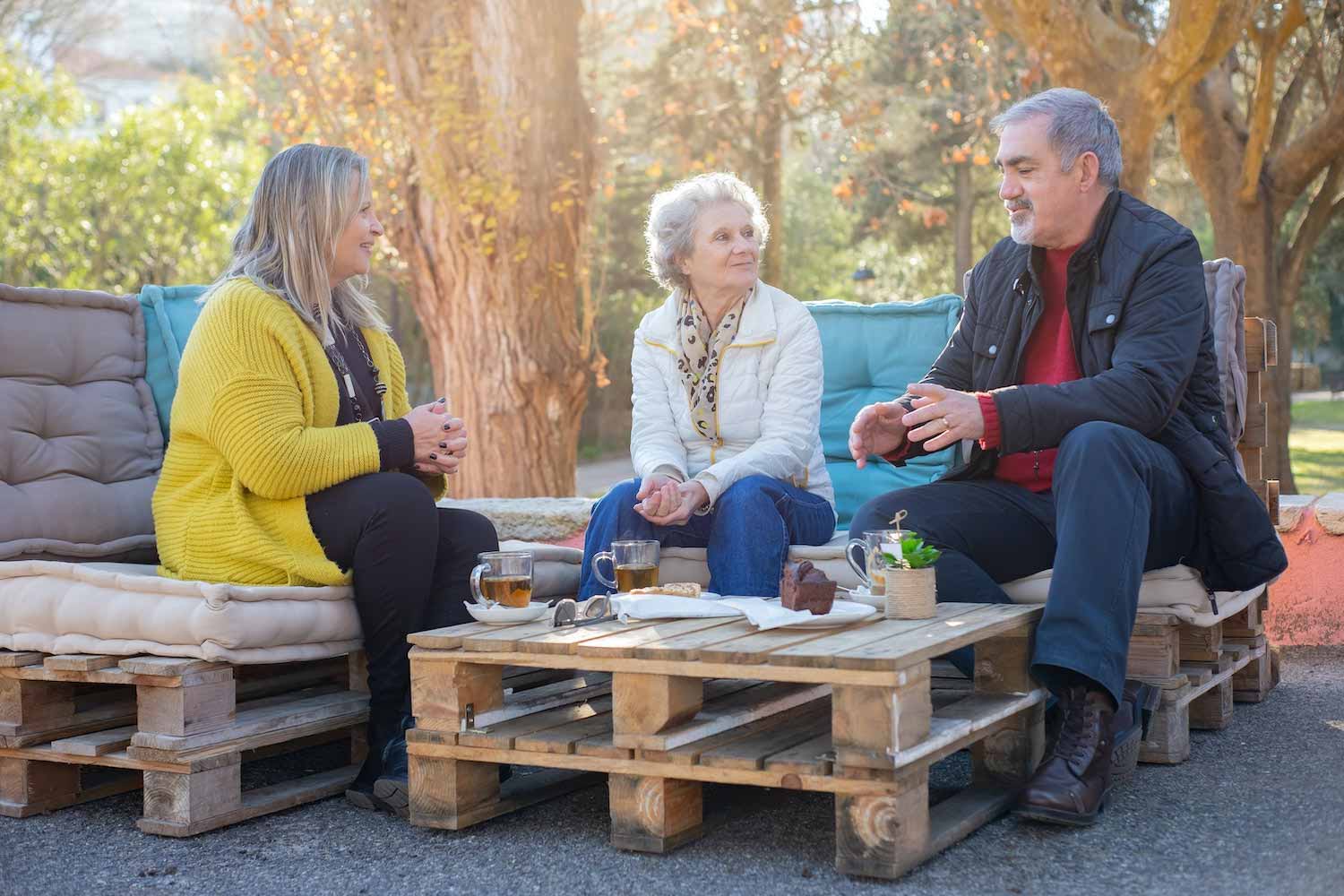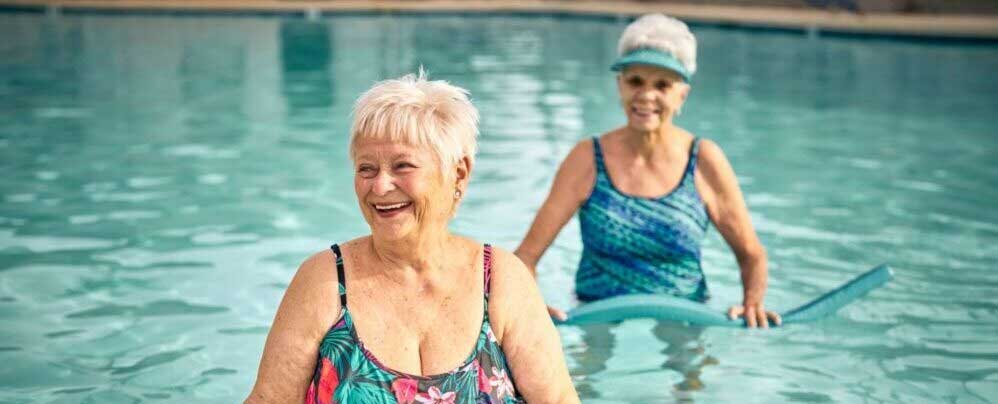Navigating the world of senior living can be overwhelming, especially when faced with unfamiliar terminology. Understanding these terms can help you make informed decisions, ensuring you or the seniors in your life receive the care and lifestyle they deserve. Below is a glossary of common senior living terms to help guide you through the process.
Senior Living Glossary of Terms
24/7 Nursing
24/7 Nursing ensures continuous care, with nurses available on-site or on-call in senior communities. Nurses help manage health conditions, administer medications, respond to emergencies, and provide essential support for residents needing ongoing medical care and reassurance.
ADL (Activities of Daily Living)
If you’re exploring assisted living communities, you’ve likely come across this term or acronym. ADL stands for “Activities of Daily Living.” These are essential fundamental needs like eating, bathing, dressing, and walking. In senior living communities, the level of assistance required with ADLs determines care needs and costs, guiding personalized care plans.
Aid and Attendance Benefit
The Aid and Attendance Benefit is a financial assistance program offered by the U.S. Department of Veterans Affairs (VA). It provides additional financial aid to veterans and their surviving spouses who need assistance with everyday tasks. This support is available for those who are bedridden or living in nursing homes due to mental or physical disabilities. This benefit helps cover long-term care costs, such as assisted living or home care, making it a valuable resource for veterans seeking senior living options.
Ambulatory
“Ambulatory” describes an individual’s ability to walk independently without assistance. In senior living communities, being ambulatory often determines the type of care and accommodations a resident might need. Conversely, “non-ambulatory” refers to someone who cannot walk on their own and may require the use of a wheelchair or be bedridden. Understanding these terms helps ensure that residents receive appropriate support and mobility aids.
Assisted Living Community
An Assisted Living Community offers housing, personal care, and health services for seniors needing assistance. Residents live independently in private spaces with access to meals, social activities, and 24/7 care, maintaining their independence while receiving necessary support.
Care Plan
A Care Plan is a personalized document detailing a resident’s care in a senior community. It covers medication management, daily living assistance, and specialized care, and it is regularly updated to meet changing needs, ensuring tailored support.
Continuum of Care
The Continuum of Care covers the various services and options available to seniors as their needs evolve. It typically includes independent living, assisted living, memory care, and skilled nursing care. A community with a continuum of care lets residents move between different care levels without leaving. This approach provides peace of mind for seniors and their families, knowing that as health needs evolve, the appropriate care will always be available within the same community.
Independent Living Community
An Independent Living Community offers a maintenance-free lifestyle for active seniors in private spaces. With amenities like fitness centers, dining, and social activities, it’s ideal for seniors wanting a vibrant, engaging environment without home ownership responsibilities.
Instrumental Activities of Daily Living (IADL)
Instrumental Activities of Daily Living (IADL) include managing finances, transportation, shopping, and meal preparation. These tasks are crucial for independent living, requiring complex decision-making and organization skills, often needing assistance as seniors age.
Medication Management
Medication Management ensures seniors take medications correctly and safely, involving administration, monitoring, and coordination with healthcare providers. This service prevents health issues related to incorrect dosages or interactions, providing peace of mind for residents and families.
Memory Care Community
A Memory Care Community focuses on supporting individuals with Alzheimer’s, dementia, or other memory-related conditions. These communities provide a secure environment with specialized activities, ensuring residents receive compassionate care tailored to their needs. Memory care communities frequently include advanced safety features, like secure entrances and exits, to prevent wandering and protect residents.
Occupational Therapy
Occupational Therapy helps seniors regain or improve their ability to perform daily tasks. Occupational therapists often help residents recover from illness, injury, or surgery in a senior living community. They also support those dealing with chronic conditions that affect their ability to live independently. It focuses on enhancing fine motor skills, adapting living environments, teaching new methods for everyday activities, and promoting independence and quality of life.
Outpatient Rehab
Outpatient Rehab provides rehabilitation services, like physical and occupational therapy, to individuals who don’t require hospitalization. Seniors visit for therapy sessions and return home, enabling them to receive necessary care while maintaining independence.
Personal Care
Personal Care involves assistance with essential daily activities like bathing, grooming, and dressing. In senior living communities, trained caregivers typically provide personal care and help residents with these tasks while promoting independence and dignity. The level of personal care needed varies from resident to resident. It is often a critical factor in determining the type of senior living arrangement that best meets an individual’s needs.
Pet-Friendly
A Pet-Friendly senior living community allows residents to bring pets, recognizing the companionship and emotional support pets provide. These communities may offer amenities like dedicated dog parks or grooming services, enhancing residents’ quality of life.
Physical Therapy
Physical Therapy aims to boost mobility, strength, and overall bodily function. Therapists create personalized exercise and treatment plans to meet each resident’s needs. PT helps seniors maintain their independence and quality of life by enhancing their physical abilities.
Resident Programs
Resident Programs in senior living communities offer activities and events to promote socialization, mental stimulation, and physical health. These programs may include fitness classes, excursions, educational seminars, and social events, enhancing residents’ overall well-being.
Respite Care
Respite Care provides short-term stays in senior communities, offering relief to family caregivers. During the stay, seniors receive the same care as full-time residents, ensuring their safety and well-being allowing caregivers to take a temporary break. Respite care can also be used as a transition or stepping stone between leaving the hospital and returning home.
Restaurant-Style Dining
Restaurant-style dining in senior living communities offers a dining experience similar to a restaurant, with table service and menu choices. Residents enjoy nutritious meals in a social setting, enhancing their dining experience and encouraging interaction.
Speech Therapy
Speech Therapy helps seniors improve communication and also includes managing swallowing difficulties, particularly after strokes or neurological disorders. Licensed therapists work with residents to enhance language skills and boost confidence, significantly improving their quality of life. By providing personalized exercises and strategies, speech therapy improves communication and boosts seniors’ confidence and quality of life.
Transportation Services
Transportation services in senior living communities provide scheduled trips for medical appointments, shopping, social events, and more. These services ensure seniors maintain independence and stay connected with the community, enhancing their active lifestyles without the stress of driving.
Five Star Senior Living: An Invaluable Resource
To learn more about senior living, we invite you to contact us. Our team will help you navigate the maze of senior care options and find a community near you.
Whether you’re seeking independent living, assisted living, or specialized memory care, Five Star Senior Living stands out as a leader in the industry, offering peace of mind to residents and their families.



![How Much Does Assisted Living Cost? [2025]](https://www.fivestarseniorliving.com/wp-content/uploads/2022/07/cost-of-assisted-living-blog-hero.jpg?ver=1710517178)
